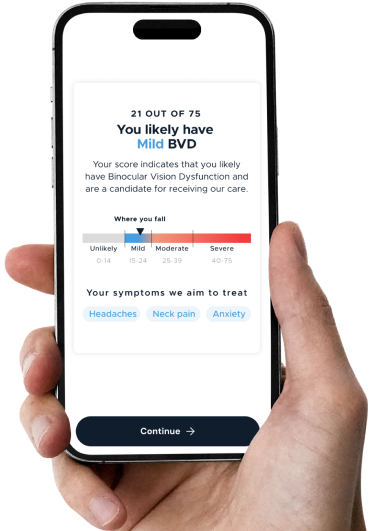Published Academic Articles
Recent research confirms the effectiveness of binocular vision dysfunction (BVD) assessments and treatments. Studies published in 2020 validate the BVDQ™ screening tool and show that prism lenses reduce headaches, dizziness,...



